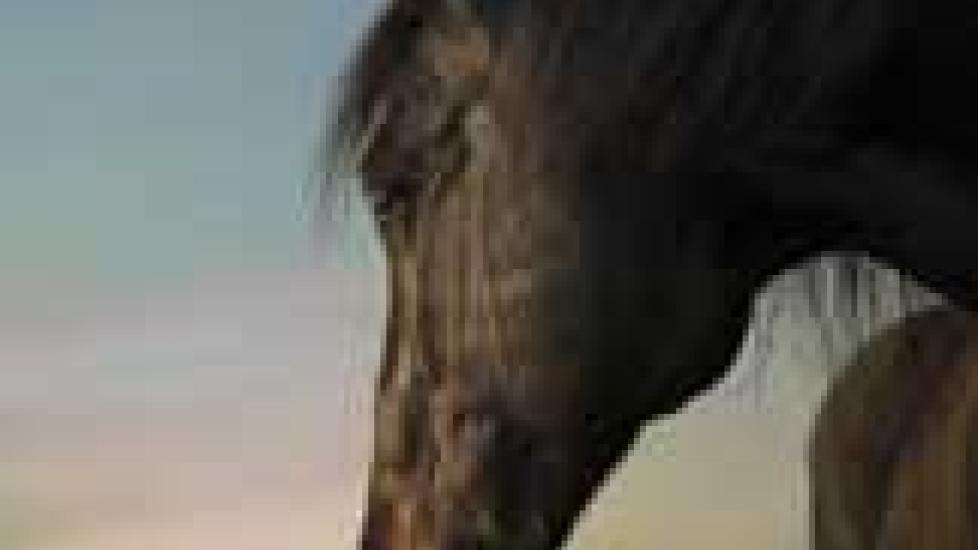The Neuro Challenge
Neurological diseases are sometimes a challenge to diagnose in veterinary medicine. To me, this seemed at first a ridiculous statement. You mean you can’t tell that if a horse is walking in circles or banging its head against the wall if that’s a neurological disease or not?
It wasn’t until after graduation, when I got my head out of the textbooks and actually LOOKED at some neuro cases, that I learned probably about 95 percent of the neuro cases I see are subtle. And it’s the subtle neuro cases that are challenging.
I think I could write a series of about twenty blogs just on crazy livestock neuro diseases alone — this is very cool, people. Cattle, sheep, and goats have brain diseases such as circling disease, pseudorabies, and louping ill. Possibly even cooler than the names are some descriptive terms of clinical signs seen in neurologically impaired ruminants, like star gazing, which describes an animal literally looking up at the sky, as if in a daze, examining the constellations.
In contrast, equine neurologic disease tends to be a bit more pedantic. And sometimes more muddled. Very rarely will you see a mare with milk fever (low blood calcium), whereas dairy cows with milk fever are a dime a dozen and super easy to identify (and relatively straight forward to treat). Instead, the mare will have something like a calcified vertebral disc that is slowly impinging on a certain spinal nerve root causing clinical signs that could be mistaken for a simple lameness, or a disease called equine protozoal myelitis (EPM), or five other off-the-wall things that only a horse would get, just to be difficult.
Here are some questions I ponder when I have a neuro equine case (in no particular order):
1. Is it really neurological or is it an orthopedic issue?
At face value, this question seems ridiculous. If a vet can’t tell the difference between a broken leg and a seizure, then someone’s license needs to be revoked. But rarely are neuro diseases in horses so obvious. Many times, a neuro case (specifically involving the spinal cord as opposed to the brain) will present with a gait that sometimes seems off to the owner, but other times is fine. The owner won’t be able to pin point exactly when the issue started, but thinks it’s getting slowly worse. The horse still acts the same and might even have some arthritis on top of everything, just to really confound the issue.
2. Is there a fever?
Generally, I hope a suspected neuro case has a fever. This gives me greater confidence that it is indeed a neurological problem, since rarely does lameness produce a fever. A fever will also clue me in that the problem is infectious in origin. So not only does this clinical sign clue me into the body system affected, but also narrows down the cause to viral, bacterial, or maybe even fungal in origin.
3. Is it a threat to other humans?
There are a handful of zoonotic diseases that produce neurological signs that can be transmitted from horses to humans. Rabies, of course, immediately comes to mind, but other more common infectious neurologic diseases such as WEE, EEE, and VEE (western, eastern, and Venezuelan equine encephalitis) can be passed between horse and human as well.
I had a really cool equine internal medicine professor at vet school whose specialty was neurological disease. He was French and had the driest sense of humor you can imagine, which was extremely intimidating at first, but hilarious once you got used to it and learned to play along. When I come across a challenging equine neuro case now, I try to channel this professor, working steadily through my trusty three questions and wearing gloves if the answer to number three is "yes."
The nice thing is that if one of these erudite equine cases comes my way and I can’t make heads or tails (or withers) of it, I can give him a call. Clients call this "consulting." I call it back up.

Dr. Anna O’Brien
Image: Viktoriia Bondarenko / via Shutterstock
